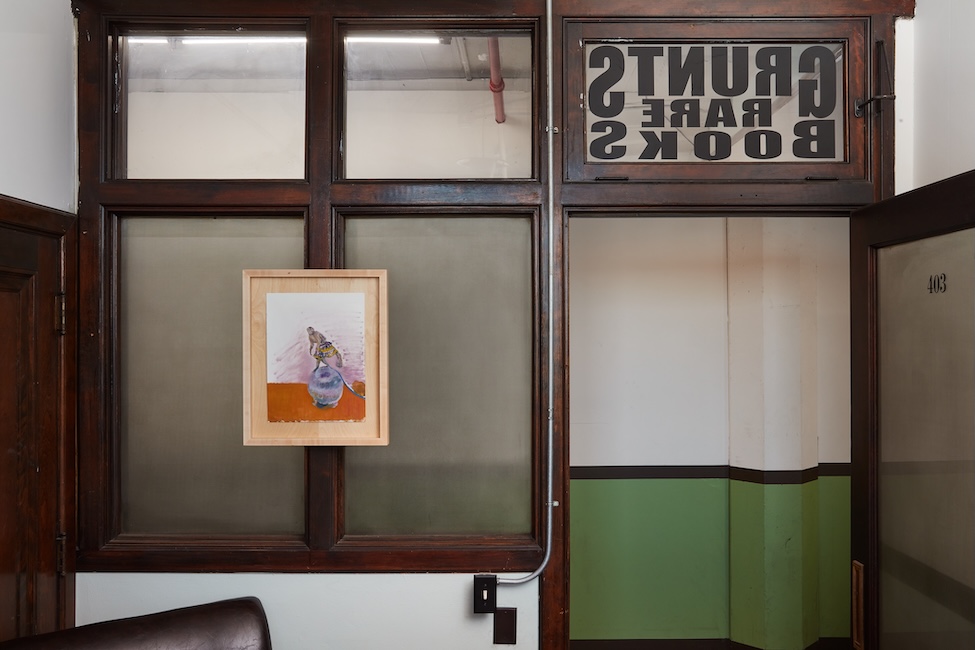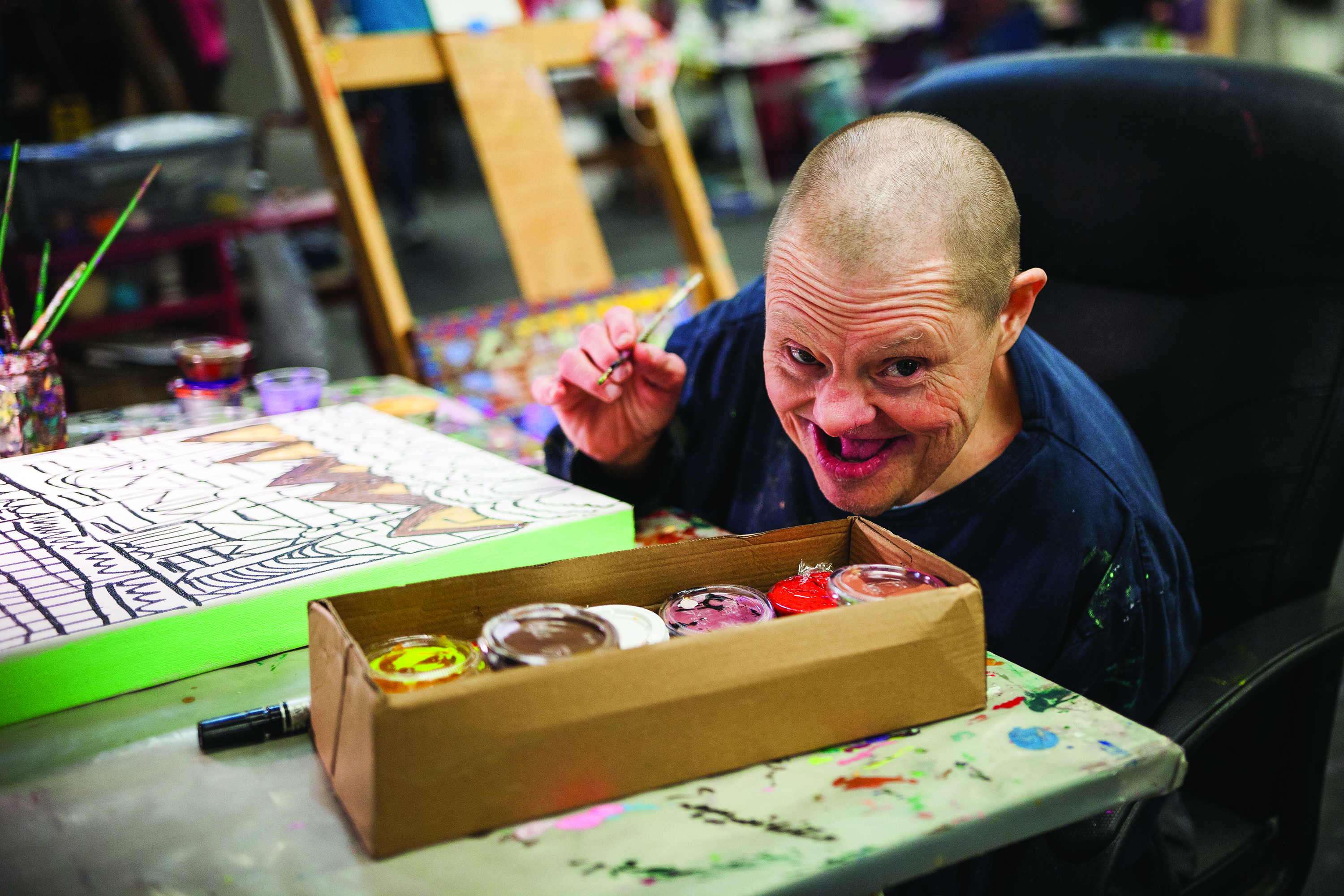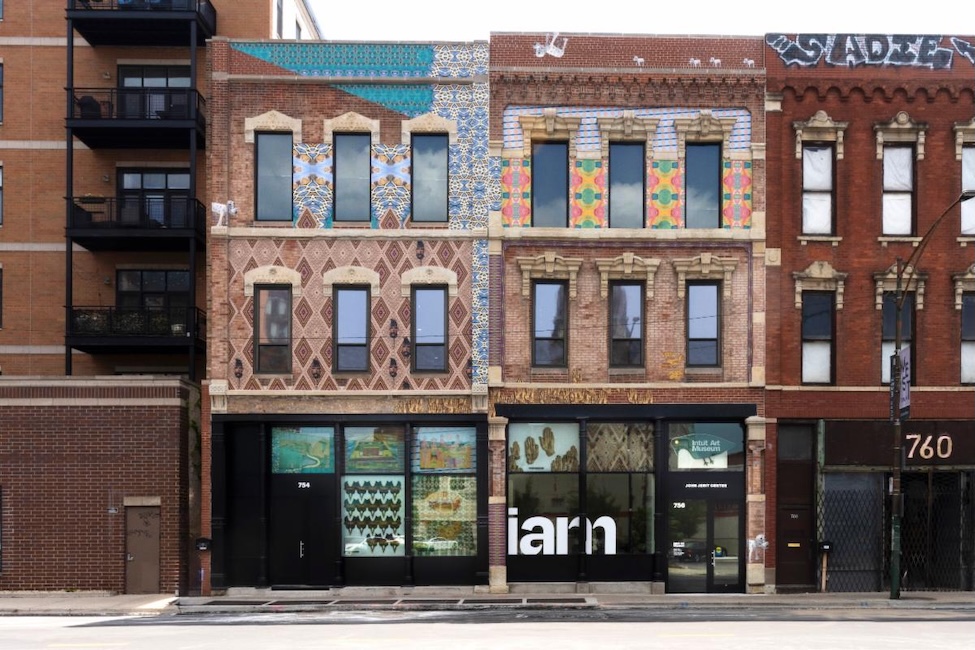The Origins of Public Art in Chicago: From the Bronze Lions to Skylanding

In recognition of Chicago’s “Year of Public Art,” Chicago Gallery News is featuring a series of articles chronicling milestones of public art in Chicago. The first in the series looks at the unlikely connections between Yoko Ono's Skylanding and the Art Institute of Chicago's bronze lions.
By FRANCK MERCURIO
Just south of the Museum of Science and Industry, on Wooded Island in Jackson Park, sits one of Chicago’s newest works of public art. Unveiled this past October, Yoko Ono’s Skylanding (2016) occupies the site of the Japanese Pavilion and Osaka Garden created for the 1893 World’s Columbian Exposition. The pavilion is long gone (destroyed by arsonists in 1946), but a resurrected version of the original garden remains. Here, Ono installed a sculptural composition consisting of 12 large stainless steel “petals” (each 12 feet tall), which suggest a giant lotus flower emerging from the earth. The work is part memorial, part peace gesture, and part ode to Chicago—the city that “blossomed” after the Great Fire, rising up from the marshy shores of Lake Michigan.

Like most works of public sculpture in Chicago, the location of Skylanding is no accident. It is situated where Chicago’s tradition of great public art first got its start more than 120 years ago. In 1893, Jackson Park hosted the World's Fair and the “White City,” a showcase of late 19th-century art, architecture, and urban planning. Fair officials commissioned dozens of American artists to create sculptures that complemented the fairgrounds' Beaux-Arts buildings. Perhaps best remembered is Daniel Chester French’s monumental Statue of the Republic (1891–1893), which dominated the fair’s Great Basin. A smaller version—24 feet tall—stands in Jackson Park today, a testament to the fair's artistic ambitions.

For many Chicagoans, the World’s Columbian Exposition provided a vision of how art could be integrated into an urban setting. Outside the major exhibition buildings, fairgoers walked among sculptures of mammals native to North America—bison, elk, moose, bears, and mountain lions—sculpted by Edward Kemeys and Alexander Phimister Proctor. Both artists specialized in depicting wildlife, having spent considerable time observing and hunting animals out West, learning first hand their behaviors, movements, and anatomies. It was an amazing spectacle for visitors to see these life-like “charismatic beasts” flanking bridges, walkways, and building entrances.

It’s no surprise, then, that the Art Institute of Chicago commissioned Kemeys to create the famous African lions that guard the museum’s Michigan Avenue entrance. Unveiled in May 1894—six months after the Exposition closed—the Art Institute lions were modeled after a pair originally displayed outside the fair’s Palace of Fine Arts. Kemeys and his wife Laura (a noted sculptor in her own right) created these temporary lions from staff, a mixture of plaster and plant fibers. After being cast in bronze for the Art Institute, the lion figures achieved a kind of immortality. Today, they rival the city’s Picasso sculpture in popularity, decked out with wreaths for the Christmas season and professional sports helmets during championship playoffs.

Up until the 1890s, Chicago’s public sculpture consisted mainly of monuments and memorials confined to the city’s parks and cemeteries. But the Art Institute lions broke that mold (so to speak) and served as the first real examples of public art displayed in the city center where all passers-by could see. Florence Lathrop Field Page paid for the Art Institute commission in memory of her late first husband Henry Field (one of Marshall Field’s brothers), and with this commission, she established the precedent of public art patronage in Chicago by wealthy citizens and family foundations, a tradition that lives on today with such projects as Millennium Park’s Crown Fountain.

In 1895, a year after Kemeys’ bronze lions were unveiled, Owen Aldis, the developer of the Marquette Building (now home to the MacArthur Foundation) took public art in Chicago a step further by incorporating mosaics and sculptural reliefs into his latest commercial building. Aldis commissioned works by Louis Comfort Tiffany, Edward Kemeys, Herman Atkins MacNeil, and Amy Aldis Bradley to adorn the façade and lobby of his new Loop office building. Today, you can still see the Marquette Building’s opulent mosaics and bronze reliefs, inspired by the artistic examples set by the 1893 World’s Fair, the international event that kicked-off the great tradition of public art in Chicago and paved the way for the future installation of Ono's Skylanding.
Up next: Franck Mercurio explores the connections between three large-scale installations in the southern end of Grant Park including Augustus Saint-Gaudens' General John Logan, Magdalena Abakanowicz's Agora, and Tony Tasset's Artists Monument.
Top image: Edward Kemeys, Lions. Bronze with Green patina. Gift of Mrs. Henry Field, 1898.1a-b. The Art Institute of Chicago. The lions are the registered trademarks of the Art Institute of Chicago.
SaveSave






